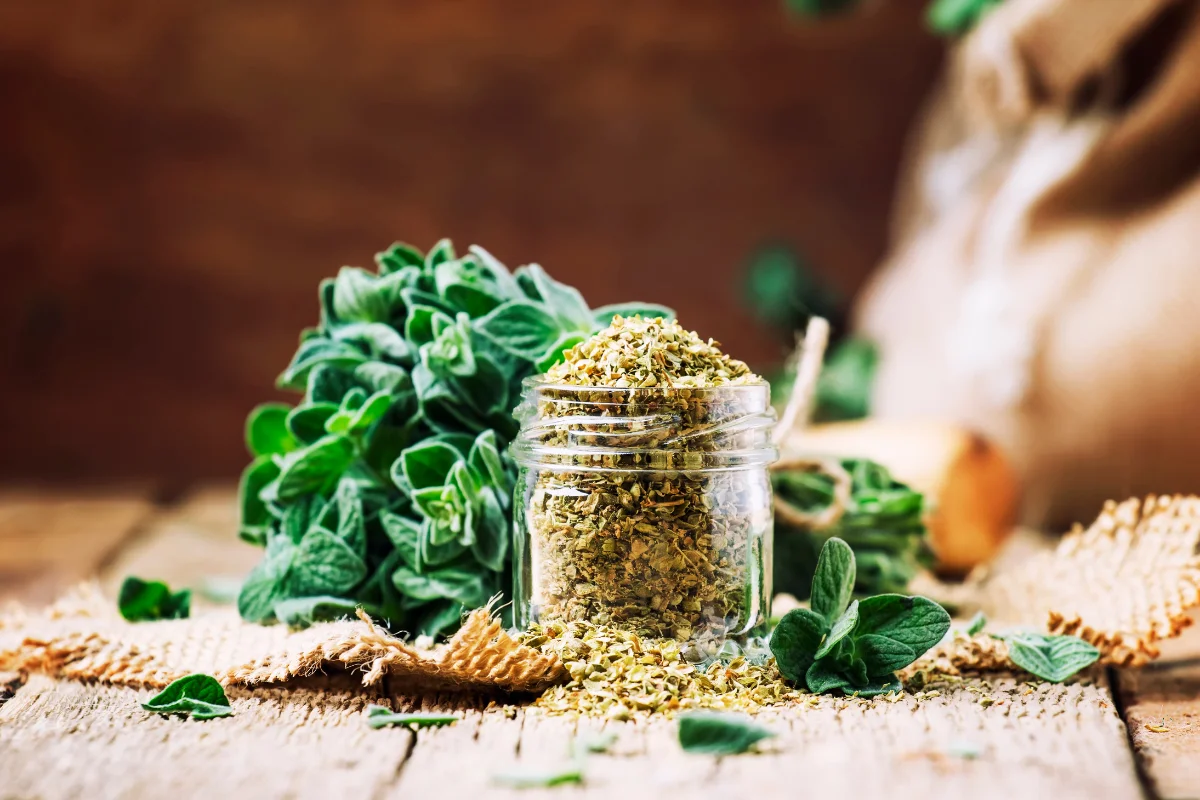Embark on a flavorful journey as we explore the vibrant world of chimichurri , delving into Argentina’s beloved sauce. From its rich history and traditional recipes to its versatile culinary uses and health benefits, this article delves into every aspect of the beloved South American condiment. Discover the secrets behind its preparation, learn about its nutritional value, and uncover the myriad ways it can enhance your cooking. Whether you’re a seasoned chef or a culinary novice, let the charm and versatility of chimichurri inspire you. Introduction to Chimichurri Seasoning
Introduction to Chimichurri Seasoning
Origin and Popularity
Chimichurri, a name that rolls off the tongue as smoothly as its flavors blend on the palate, is a culinary treasure whose roots are as rich as its taste. While its exact origin remains a topic of friendly debate, most agree that this zesty seasoning hails from the heart of Argentina and Uruguay. It’s not just a condiment; it’s a cultural emblem, a symbol of gatherings, and a testament to the region’s vibrant culinary heritage.
Basic Ingredients and Flavor Profile
At its core, chimichurri is a symphony of simple, yet powerful ingredients. Imagine fresh parsley, minced garlic, and a dash of red pepper flakes, all coming together in a harmonious blend. The acidity of red vinegar cuts through, while a generous drizzle of olive oil ties it all together. This concoction isn’t just a seasoning; it’s a celebration of freshness, a dance of flavors that can transform any dish from mundane to extraordinary.
In the next section, we’ll delve into the authentic chimichurri recipe, guiding you through the traditional blend and its variations. So, stay tuned, as we continue our flavorful exploration of this beloved South American seasoning!
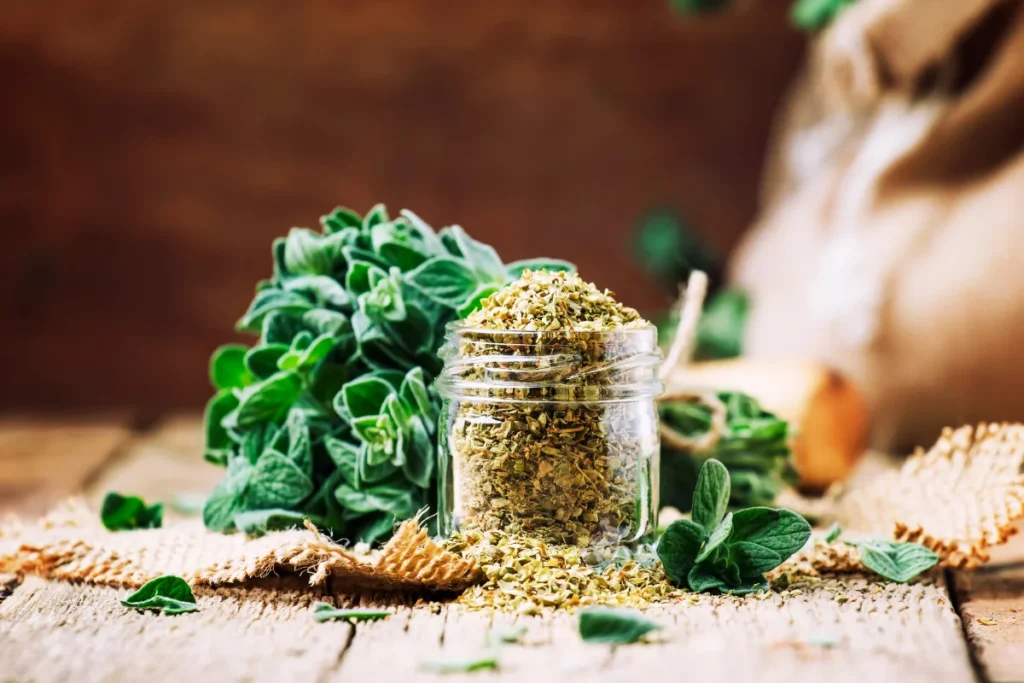
Authentic Chimichurri Recipe
Diving into the heart of chimichurri, we uncover the secrets of its authentic recipe, a traditional blend from Argentina. This is where the magic happens, where simple ingredients blend to create a burst of flavors that can transform any dish from ordinary to extraordinary.
Traditional Ingredients
The classic chimichurri recipe, a harmonious blend of fresh parsley, minced garlic, finely chopped red onion, and a dash of red pepper flakes, offers that extra kick. The acidity of red vinegar balances the richness of olive oil, creating a perfect base for these vibrant herbs and spices. While this traditional mix is revered, don’t be afraid to experiment! Some variations include adding cilantro, oregano, or even a squeeze of lemon for a citrusy twist.
Step-by-Step Preparation
Creating your own chimichurri is a breeze. Start by finely chopping the parsley and red onion, ensuring they’re small enough to blend well but still retain some texture. Mince the garlic and add it to the mix. Sprinkle in the red pepper flakes according to your heat preference. Now, pour in the red vinegar and olive oil and stir until you have well combined all the ingredients. The key is to let the mixture sit for a bit, allowing the flavors to meld and intensify. And there you have it, a vibrant, zesty chimichurri ready to elevate your culinary creations!
In the next section, we’ll explore the myriad of ways to use chimichurri in your cooking. From marinating meats to adding a fresh twist to vegetarian dishes, the possibilities are endless. So, stay tuned and get ready to infuse your meals with the irresistible charm of chimichurri!
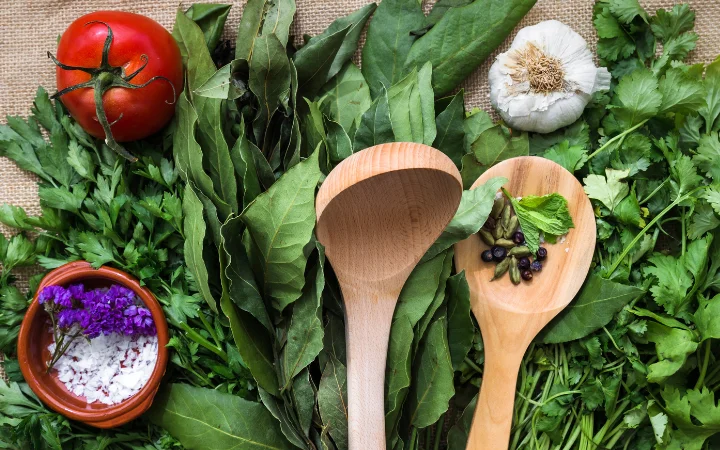
Variations of Chimichurri
Chimichurri, in its essence, is a celebration of flavors, and like any good celebration, it welcomes variations and personal touches. Let’s explore how this classic seasoning can be adapted and transformed, offering a world of flavors to suit any palate.
Regional Differences
While the traditional Argentine chimichurri is known for its parsley and garlic base, regional variations add their own local flair, as explored in Chimichurri Spice: The Perfect Blend Of Dried Herbs And Spices on GreenGosCantina. In Uruguay, for example, you might find a version with added cilantro, giving it a distinctively fresh and slightly citrusy note. Some regions incorporate oregano, adding an earthy depth to the blend. These subtle tweaks reflect the diverse culinary landscapes of South America, each adding a unique twist to the classic recipe.
Modern Twists and Fusion
The beauty of chimichurri lies in its adaptability, adding a distinct flavor to dishes like Costco Spring Rolls. Modern chefs and home cooks alike have embraced this, creating fusion versions that blend traditional South American flavors with global influences. Imagine a chimichurri with a hint of Asian zest, using ingredients like ginger or soy sauce. Or a Mediterranean-inspired version with sun-dried tomatoes and basil. These creative interpretations showcase chimichurri’s versatility, making it a global favorite.
Experimenting at Home
Don’t be afraid to experiment with chimichurri in your own kitchen. Try adding different herbs like mint or thyme for a unique twist. Incorporate a touch of honey or agave for a hint of sweetness, or add a splash of balsamic vinegar for a deeper, richer flavor profile. The key is to balance the flavors and create a blend that complements your personal taste and the dishes you love.
In the next section, we’ll dive into the culinary uses of chimichurri, exploring how this versatile seasoning can enhance a wide range of dishes, from grilled meats to vegetarian delights. Stay tuned for more flavorful insights!
Culinary Uses of Chimichurri
Chimichurri isn’t just a seasoning; it’s a culinary chameleon, adapting and enhancing a myriad of dishes, much like other condiments and sauces featured in our collection. Let’s explore the diverse ways this zesty blend can be used in the kitchen.
As a Marinade and Condiment
Chimichurri pairs wonderfully not only with grilled meats but also with seafood, as well as in dishes like Instant Pot Chicken Gnocchi Soup, as showcased in this 30-minute sheet-pan chimichurri fish recipe. The acidity of the vinegar tenderizes the meat, while the herbs and spices infuse it with rich, complex flavors. Simply coat your choice of meat—be it steak, as in this Steak with Chimichurri Sauce Recipe, chicken, or even fish—with the chimichurri and let it marinate for a few hours. The result? Juicy, flavorful meat that’s sure to be a hit at any barbecue or family dinner.
But chimichurri isn’t just for meats. As a condiment, it can elevate simple dishes to new heights. Drizzle it over roasted vegetables, stir it into mashed potatoes, or use it as a vibrant topping for eggs. The possibilities are endless, and the results are always delicious.
Beyond Grilling – Versatile Applications
The versatility of chimichurri knows no bounds.Chefs around the world incorporate chimichurri into their dishes as a vibrant salad dressing, a topping for pizzas, or even as a base for innovative sauces, creating fusion cuisines that marry traditional South American flavors with global culinary trends.
Enhancing Everyday Meals
Chimichurri can transform everyday meals into something special. Use it as a spread for sandwiches or wraps, add it to soups and stews for an extra layer of flavor, or mix it into scrambled eggs for a fresh, herby breakfast. It’s also a great addition to grain bowls, adding a burst of flavor to quinoa, rice, or farro.
In the next section, we’ll delve into the health benefits and nutritional value of chimichurri. Not only does it taste great, but it also offers a range of health benefits, making it a wholesome addition to any diet.
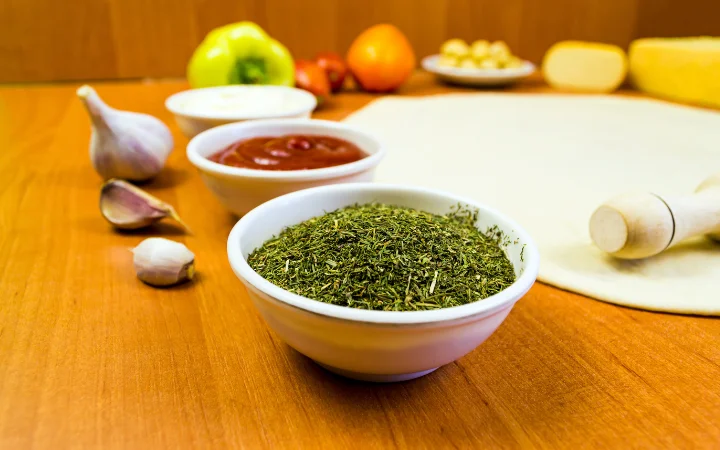
Storing and Preserving Chimichurri
To keep the vibrant flavors of chimichurri at their peak, proper storage and preservation are key. Let’s explore the best practices to ensure your chimichurri stays fresh and delicious for as long as possible.
Best Practices for Freshness
Freshly made chimichurri can be stored in the refrigerator for up to a week. To preserve its freshness, place it in an airtight container or a jar with a tight-fitting lid. This helps to keep the flavors intact and prevents the herbs from wilting. It’s also important to keep it away from strong-smelling foods in the fridge, as chimichurri can absorb other odors.
Long-term Storage Solutions
For longer storage, freezing chimichurri is an excellent option. Pour the sauce into ice cube trays and freeze until solid. Once frozen, transfer the cubes to a freezer bag or an airtight container. This method allows you to use small portions as needed, reducing waste and ensuring you always have chimichurri on hand. When you’re ready to use it, simply thaw a cube or two and enjoy the fresh, herbaceous flavors in your cooking.
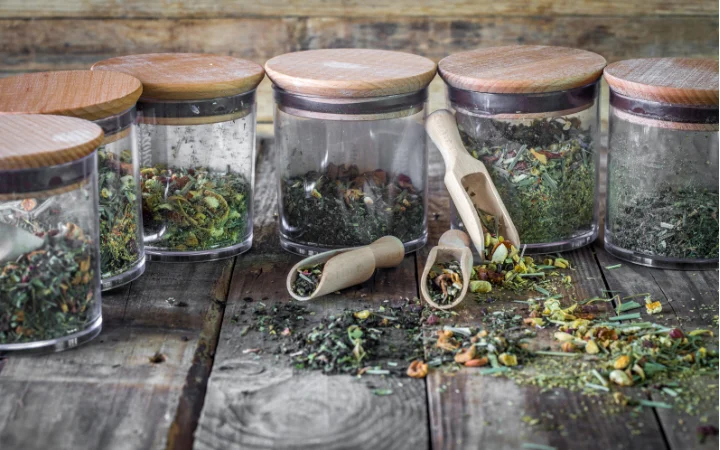
In the next section, we’ll answer some frequently asked questions about chimichurri, providing additional insights and tips for making the most of this delightful seasoning.
FAQs on Chimichurri Seasoning
In this final section, we address some frequently asked questions about chimichurri, providing valuable insights and tips to enhance your experience with this versatile seasoning.
Common Questions and Answers
-
Can you use chimichurri on more than just meats?
Absolutely! While chimichurri is a classic accompaniment to grilled meats, its uses extend far beyond. It’s fantastic on vegetables, as a dressing for salads, and even as a flavorful addition to sandwiches and pasta dishes.
-
How long can I store homemade chimichurri?
In the refrigerator, homemade chimichurri can last up to a week when stored in an airtight container. For longer storage, freeze it in ice cube trays and use it within a few months for the best flavor.
-
Is chimichurri healthy?
Yes, chimichurri, made from natural, healthful ingredients like parsley, garlic, and olive oil, offers various nutritional benefits, including antioxidants and heart-healthy fats.
-
Can I make chimichurri without parsley?
While parsley is a traditional ingredient, you can experiment with other herbs like cilantro or basil for a different flavor profile. The key is to maintain the balance of herbs, acidity, and oil.
-
What’s the best way to blend the ingredients for chimichurri?
For a traditional texture, finely chop the ingredients by hand. For a smoother sauce, you can use a food processor, but be careful not to over-process, as chimichurri should have some texture.
With these FAQs, we hope to have enriched your understanding and appreciation of chimichurri. This versatile, flavorful seasoning is more than just a condiment; it’s a celebration of fresh ingredients and vibrant tastes, ready to transform your culinary creations.
As we’ve explored the multifaceted world of chimichurri seasoning, it’s clear that this vibrant condiment is much more than just a simple sauce. It’s a culinary tradition, a healthful addition to any diet, and a versatile ingredient that can elevate a wide range of dishes. Whether you’re grilling meats, dressing salads, or experimenting with new recipes, chimichurri brings a burst of flavor and a touch of South American flair to your table.
Remember, the beauty of chimichurri lies in its simplicity and adaptability. Feel free to experiment with herbs, adjust heat levels, or add your own twist to the recipe. The possibilities are endless, and each variation offers a new opportunity to savor and enjoy this delightful seasoning.
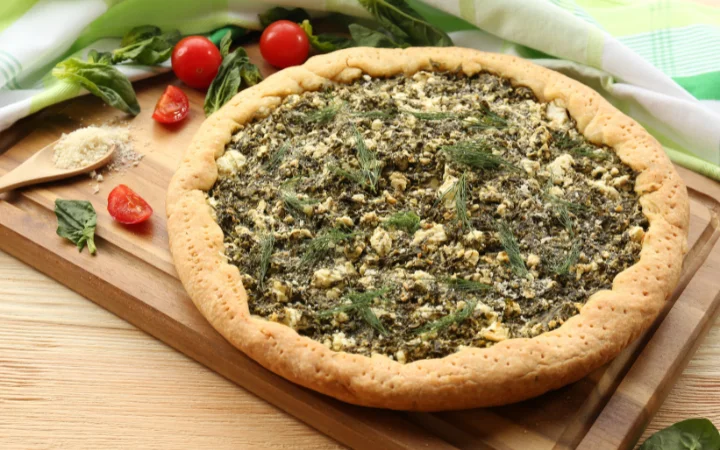
In conclusion, chimichurri seasoning showcases the extraordinary power of simple, fresh ingredients. Perfect for both seasoned chefs and home cooks, it adds joy, flavor, and adventure to your cooking. So go ahead, give it a try, and let the vibrant tastes of chimichurri inspire your next culinary creation!

